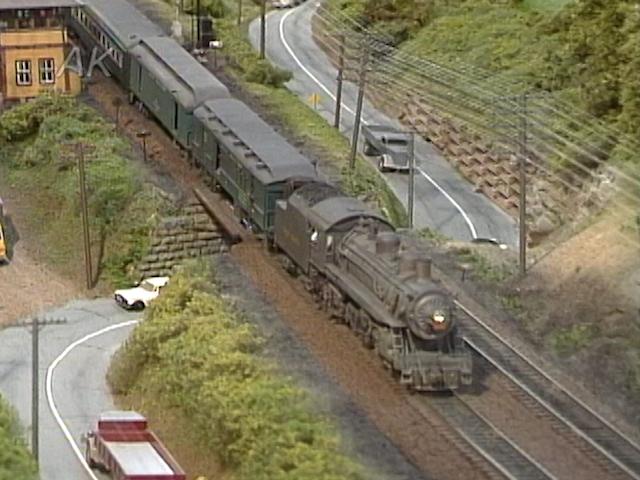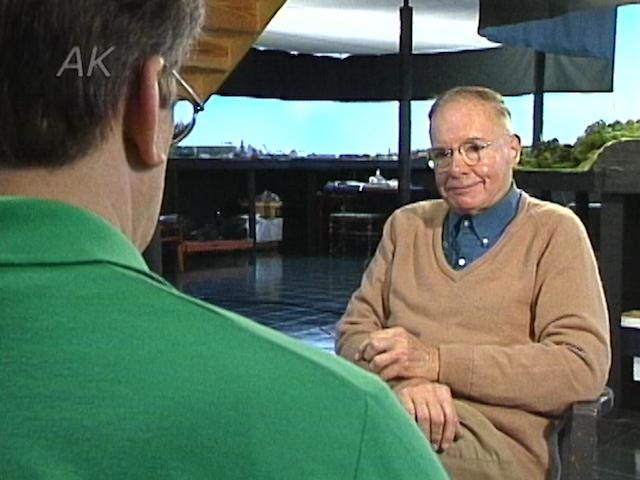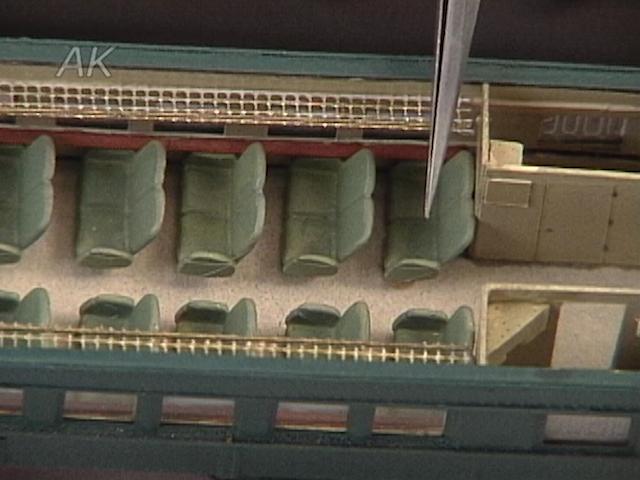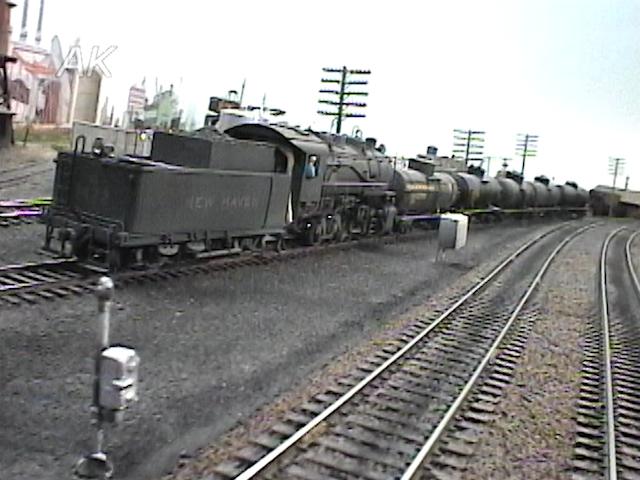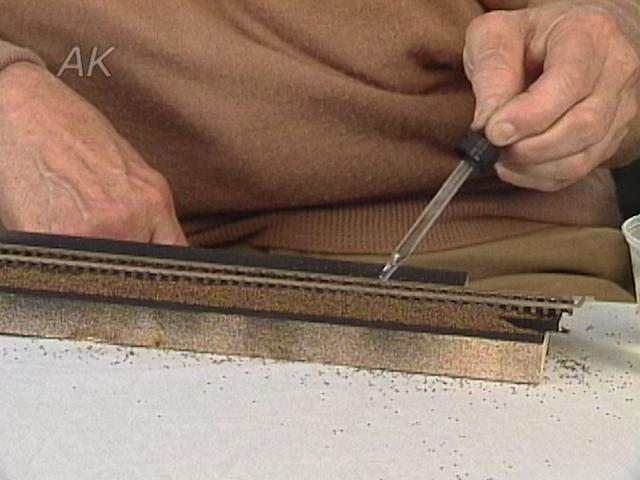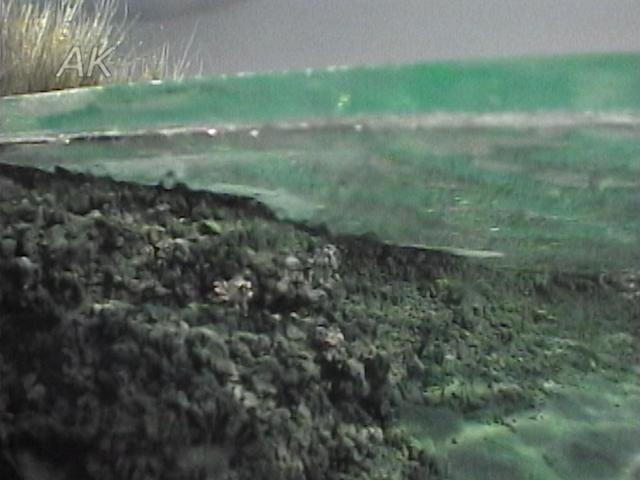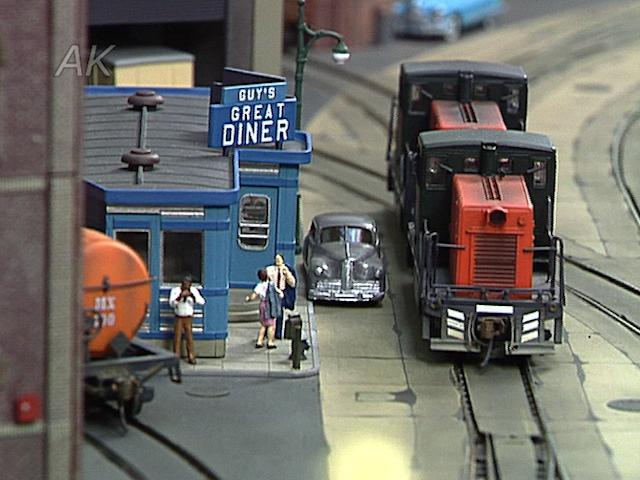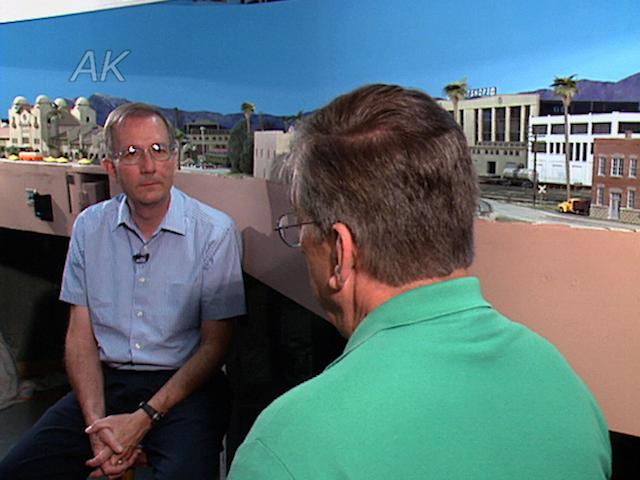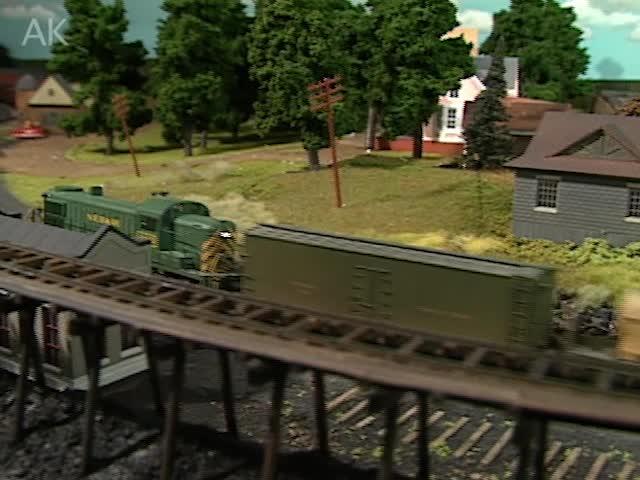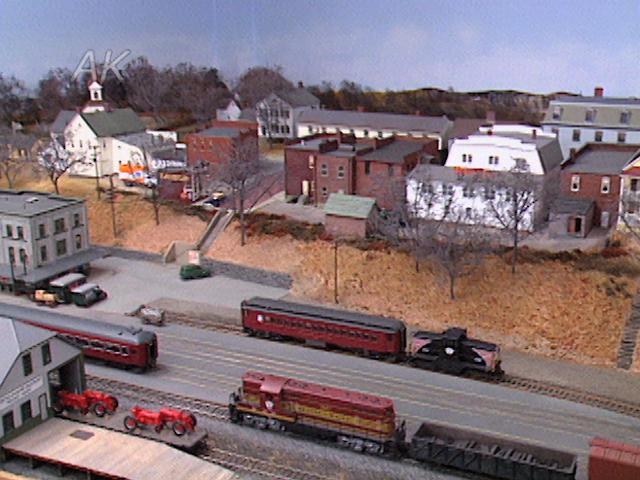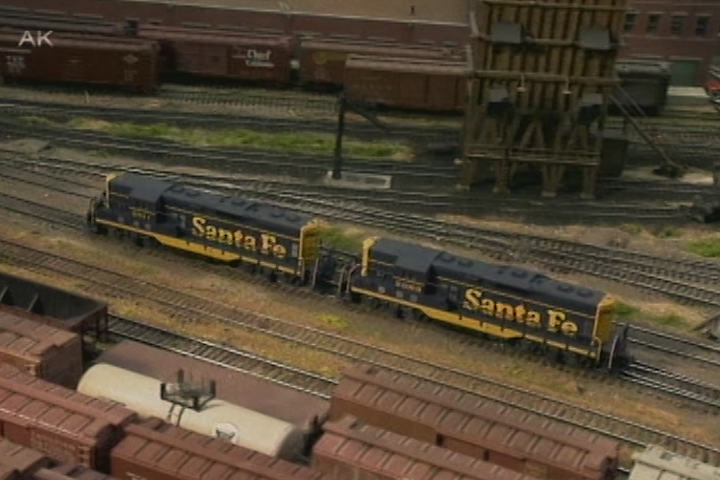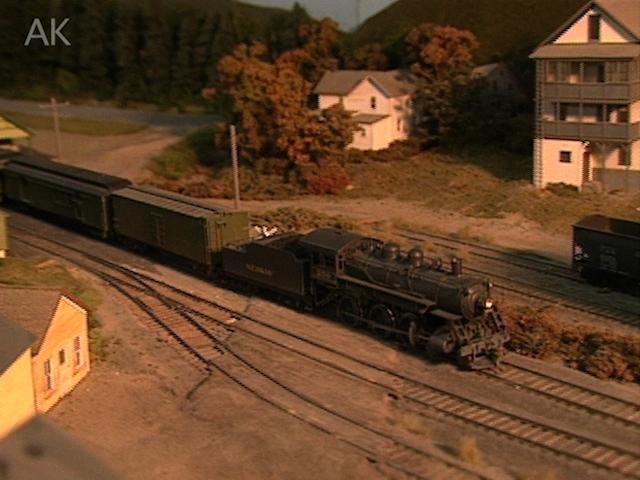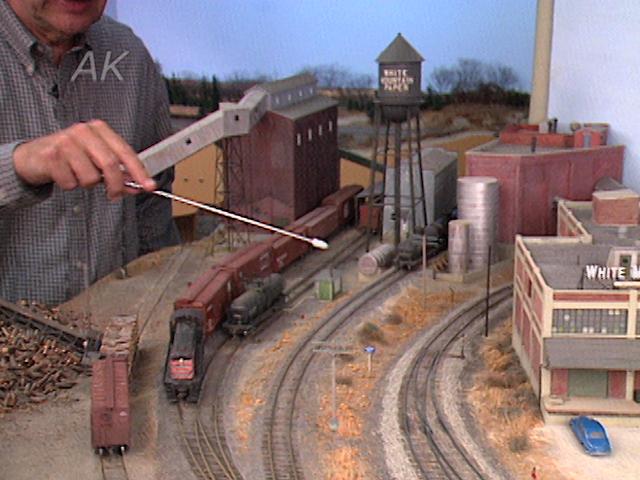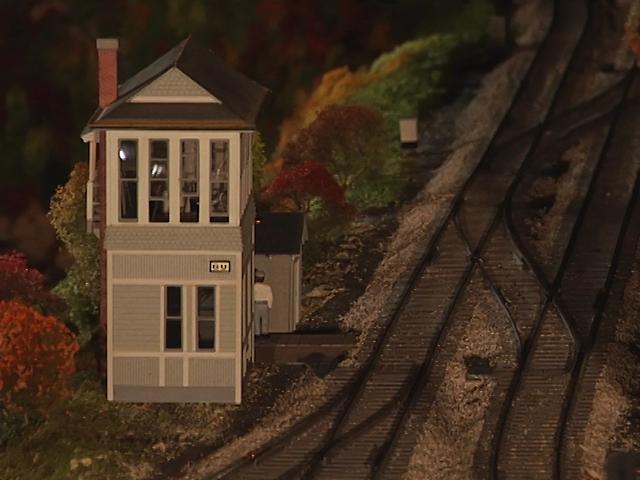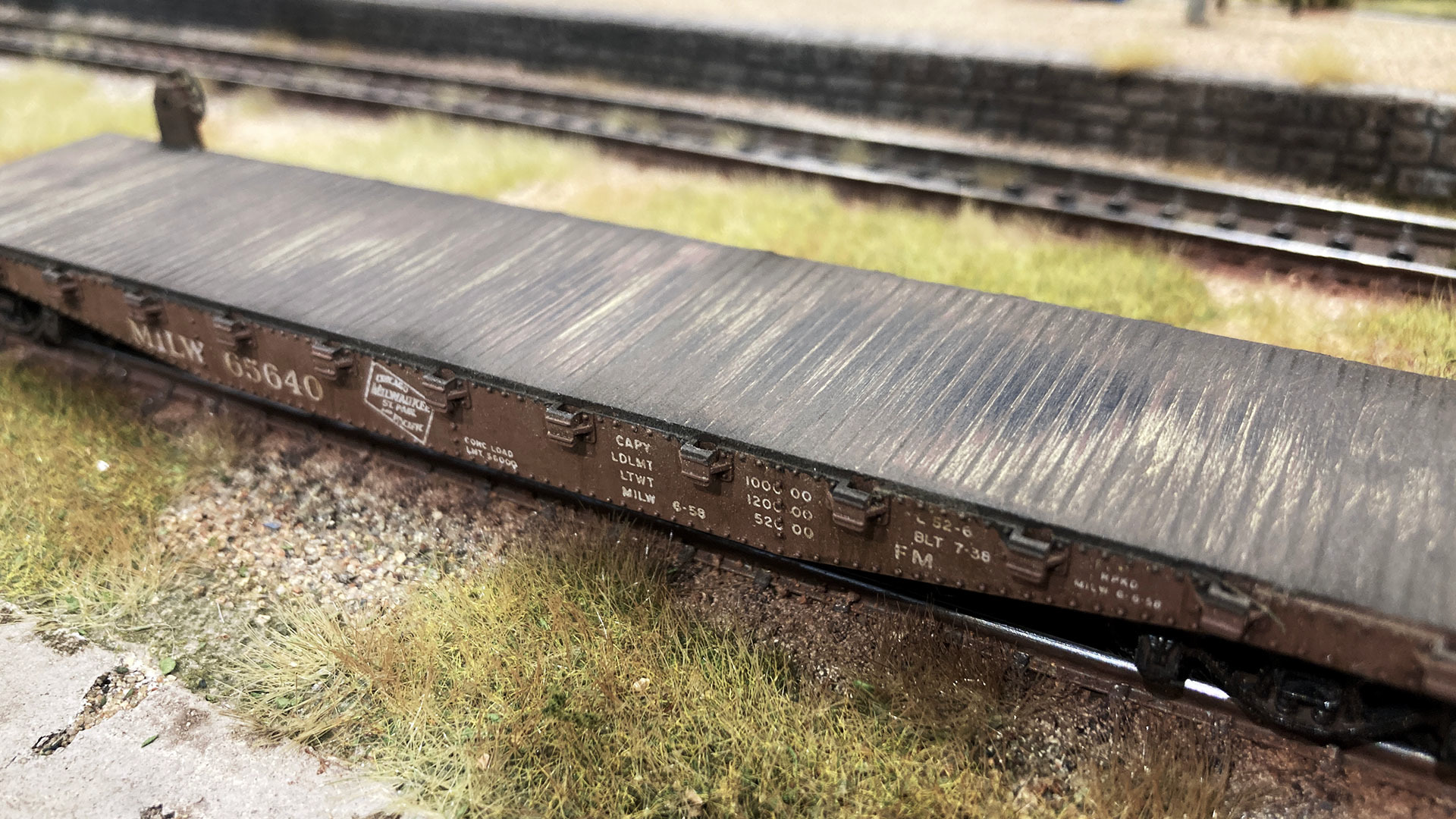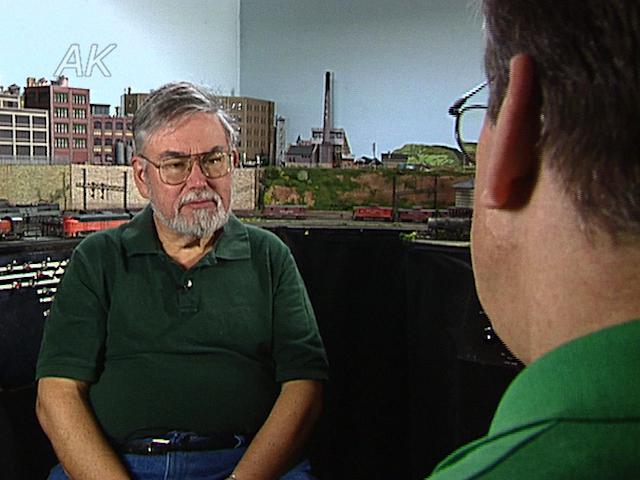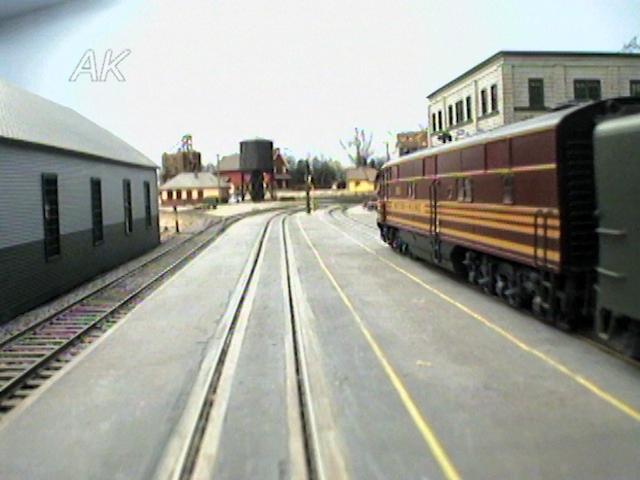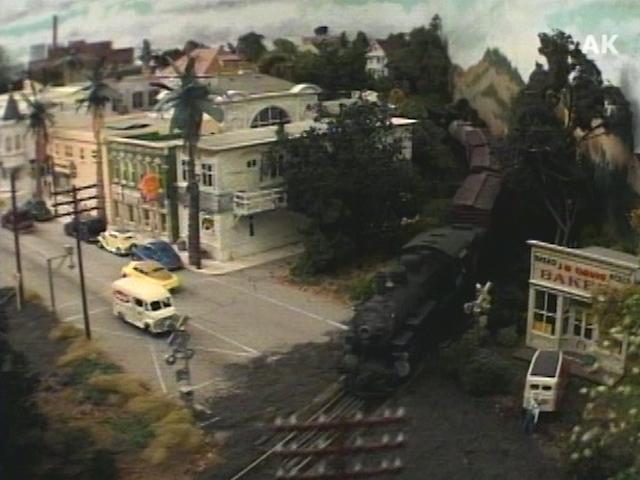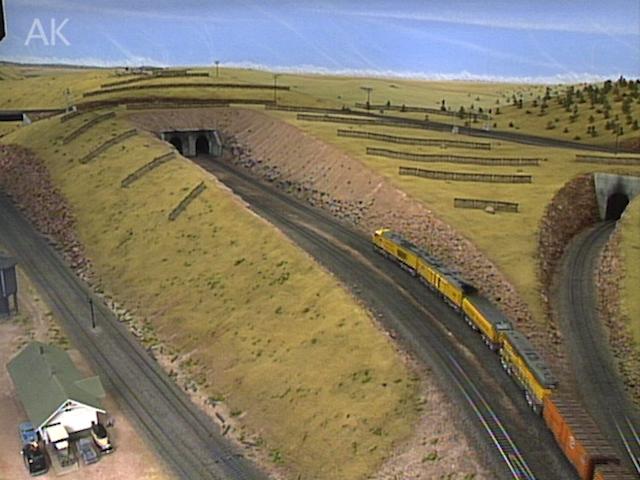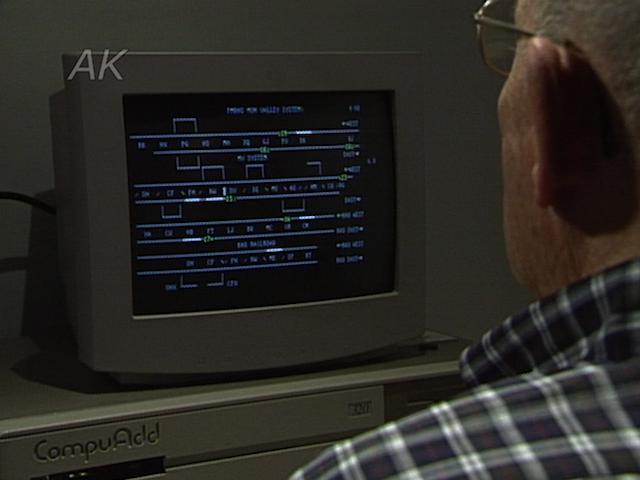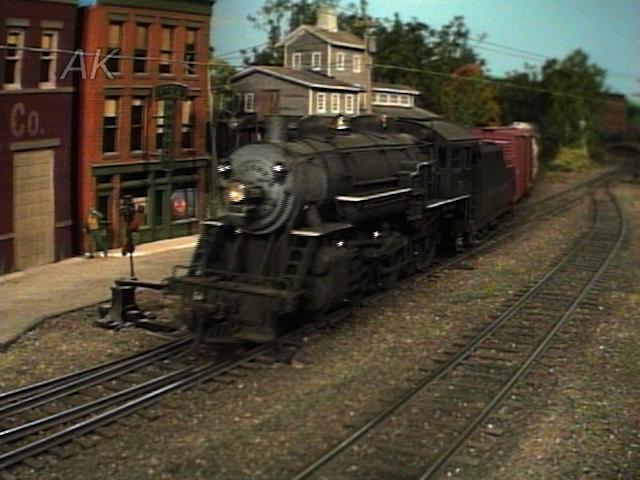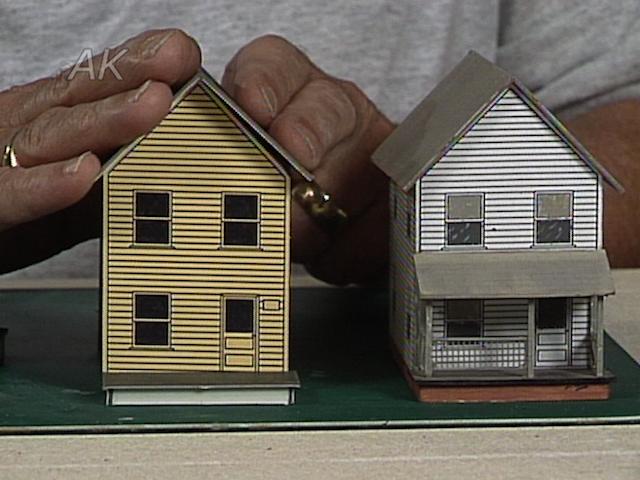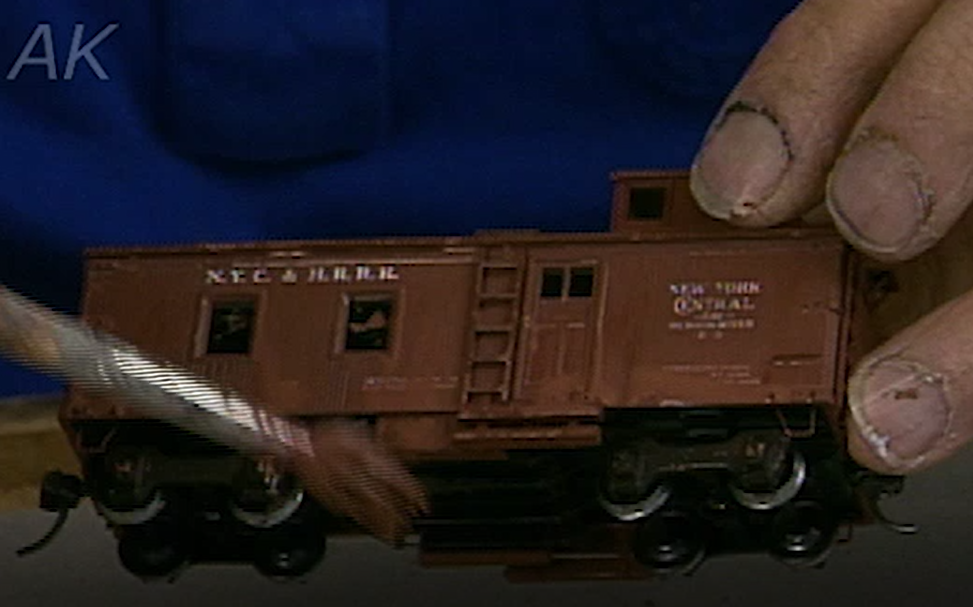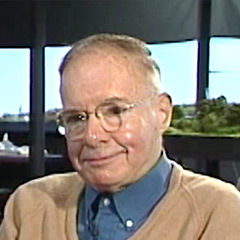
Techniques for Realistic Locomotives with Bill Aldrige
Bill AldrigeFor owner Bill Aldrige, the challenge of weathering the New York, New Haven and Hartford was that the railroad was not noted for keeping their power clean. With the number of passenger trains the railroad had, they had no time to wash the engines. It was an interesting challenge to reproduce the grime and discoloration, but it was one of the most enjoyable aspects for Bill. To make the locomotives look shabby and dirty, his technique at first was to use paint and black spray paint.
However, he was never satisfied with the black because it would look too black and clean. As Bill was driving home one day, he noticed the balck metal lamp posts on his driveway. He noticed that they were not black, but a faded gray bluish color. So, he went out with a paint pallet and mixed until he made a color that matched his lamp post. By mixing black blue and white, he was able to reproduce the correct color. After painting the locomotives with this color, he then oversprays them with a rust red color airbrush. This goes on the top of the boilers to indicate where cinders, soot and sulfuric acid have landed.
Bill was also never satisfied with his smoke boxes. He finally decided to use graphite instead of paint, which worked much better than a black with gray spots. Graphite lubricant can be found at most hardware stores and by stippling this onto the train he can determine how new the smokebox will look. The more the graphite, the more the sheen and the newer it looks and vice versa. Older smoke boxes also have chalk added.
Explore videos by Bill Aldrige
You may be interested in
Premium Membership
Unlock exclusive member content from our industry experts.
- 24/7 Access to Premium Model Railroading Videos, Projects, and Tips
- Step-by-Step Instructional Guides & Layout Plans
- 50% Off Video Downloads Purchased in the Model Railroad Academy Shop
- Access to Ask the Expert Program
Unlock exclusive member content from our industry experts.
- 24/7 Access to Premium Model Railroading Videos, Projects, and Tips
- Step-by-Step Instructional Guides & Layout Plans
- 3 Full-Length Video Downloads to Watch Offline
- 50% Off Video Downloads Purchased in the Model Railroad Academy Shop
- Access to Ask the Expert Program
Gold Membership
$326 Value
Get everything included in Premium plus exclusive Gold Membership benefits.
- 24/7 Access to Premium Model Railroading Videos, Projects, and Tips
- Step-by-Step Instructional Guides & Layout Plans
- 9 Full-Length Video Downloads to Watch Offline
- 2 Full-Length Classes to Keep for Life
- 2 Downloadable Guides
- Discounts on Purchase-to-Own Content in the Model Railroad Academy Shop
- Access to Ask the Expert Program
- Exclusive GOLD LIVE Streaming Events

